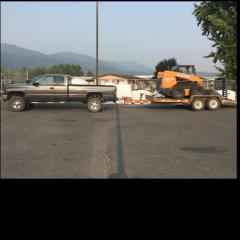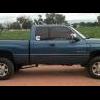- Replies 307
- Views 39k
- Created
- Last Reply
Top Posters In This Topic
-
 crf450ish 109 posts
crf450ish 109 posts -
 Me78569 41 posts
Me78569 41 posts -
 Mopar1973Man 31 posts
Mopar1973Man 31 posts -
 dripley 24 posts
dripley 24 posts
Most Popular Posts
-
The old saying , ''he who hesitates looses'', is not always true. He who hesitates gains more information before jumping in. That's important because there are so many advertisements that
-
Yes, I meant as in the adrenaline. It's easy to turn a programmer up, but turning the fueling lower than stock is impossible without a quad. Since your trans is already built properly, ye
-
Fueling lower than stock is VERY helpful with bigger than stock injectors. HP wouldn't be lower as your injectors make up for it. By fueling we mean the actual fueling message to the VP44,



I am simply going to ask random questions regarding my truck and upgrades, feedback on upgrades others have done....anecdotal evidence etc....
To start off...has anyone ran the stainless diesel manifold? (http://www.crazycarlsturbos.com/Stainless-Diesel-Exaust-Manifold-SDman.htm) If so....what is your opinion on it?
I am slowly preparing for compounds OR just a larger single, haven't decided yet. Specific setup is still not known at this point, however I do know I want reliability and usability over everything. In my other thread, TFaoro made some excellent points (
).
I'll be back with more ?s. Thanks.
PS TFaoro.....trailer weighs 5,560 pounds I'll see about getting a pic up here soon.
I'll see about getting a pic up here soon.